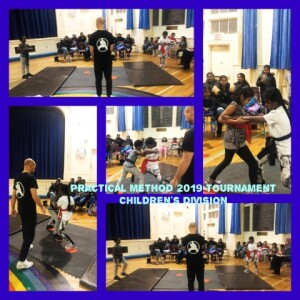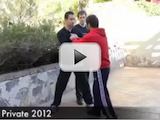These are my notes from the 2 hour lesson Master Chen did on twist towel. I missed the beginning of the lesson, so if anyone could fill in the gaps I would appreciate it.
-
Redirect lightning through you to the ground
-
When doing twist towel, lock the 2 ends, move the middle.
-
We can’t actually not move the head, we are not open enough, but we try to move the head only 1 unit; the kua moves 3 units. (Something moves 2 units. I missed this.)
-
the kua moves the hands. Like moving a book on the table. The book doesn’t move by itself.
-
Our body has a tendency that every body part likes to follow the other body parts, but it’s just tossing
-
You need to have independent moves
-
When you hammer a nail, the swing is a swing, the straight line is a straight line. The hammer swings, the nail goes in straight.
-
E.g. a kid jumping to reach a basketball net. They run fast, then stop under the net and jump up to reach it. They don’t use the run and convert it into a vertical jump
-
Thrust is still there. Convert your run to the movement forward
-
The vertical move is designed to power your arm
-
First we try with bending at the waist forward and backward, but actually, it’s a vertical move
-
The shoulder goes down, the heel pumps to move the kua up towards the shoulder
-
We all need to re-calibrate. We think we are doing everything with the kua. Actually we are doing very little.
-
Your hand is tied to your opponent
-
Your kua needs to go to your elbow, not your shoulder
-
This is a characteristic of our system. There are 3 parts to each move so it can apply to any body part
-
Power comes from the kua, there are no individual moves
-
Zhuo. Connect between kua and elbow. It means clutch. Or to adhere.
-
First we train to isolate body parts so that they don’t affect each other. Then they must be able to engage and disengage
-
it is exactly gears
-
The centre cannot move, you can’t reach out, you only extend
-
This is the connection we want: the opponent is on your foot
-
Kua very big, shoulder is zero
-
During training; foot to kua to elbow to hand, this is the alignment
-
During Push hands, when you touch your opponent; hand to elbow to kua to floor. Your opponent feels it on their foot.
-
This was a characteristic when you touch grandmaster Hong. You touch him and you immediately feel like you’re floating, or something is wrong with your shoes
-
Energy alignment (? I missed this)
-
Application is 用法
-
打法 is free fighting
-
The kua is the semi opposite of the hand. The foot is the complete opposite of the hand
-
At first, when you begin learning, you use your kua to mirror the opponent’s hand.
-
Then as you get better, use your foot to mirror your opponent’s hand. You mirror from below, so your movement is much bigger than your opponent’s move




